Skirting boards may seem like a small detail in a living room, but they can make a big impact on the overall look and feel of the space. Not only do they add a finishing touch to the room, but they also have practical benefits. In this comprehensive guide, we will explore everything you need to know about living room skirting boards.Living Room Skirting Boards: A Comprehensive Guide
When it comes to choosing the right skirting boards for your living room, there are a few factors to consider. First, think about the style of your living room. Are you going for a modern and sleek look, or a more traditional and classic feel? This will help guide you in selecting the right material and design for your skirting boards. Next, consider the height of your skirting boards. Generally, the higher the skirting board, the more grand and elegant the room will look. However, if you have low ceilings, it may be best to opt for a shorter skirting board to avoid making the room feel cramped. Lastly, think about the functionality of your skirting boards. Do you want them to simply add aesthetic appeal, or do you also want them to serve as a protective barrier for your walls? This will help determine the material and thickness of your skirting boards.How to Choose the Right Skirting Boards for Your Living Room
If you're looking for some inspiration for your living room skirting boards, we've got you covered. Here are ten ideas to consider: 1. Classic White: You can never go wrong with a classic white skirting board. It adds a clean and crisp look to any living room. 2. Contrasting Color: Make a statement by choosing a skirting board in a contrasting color to your walls. This adds visual interest and can tie in with other accents in the room. 3. Woodgrain: For a more traditional or rustic look, opt for a skirting board with a woodgrain finish. 4. Geometric Design: Add a modern touch to your living room with skirting boards featuring geometric patterns. 5. Wallpapered Skirting Boards: Take your skirting boards to the next level by covering them in a complementary wallpaper to your walls. 6. Marble Finish: Elevate your living room with skirting boards in a luxurious marble finish. 7. Tile Accent: If you have tile flooring in your living room, consider using the same tile as an accent for your skirting boards. 8. Built-In Lighting: Add a touch of ambiance by installing LED lighting in your skirting boards. 9. Mirrored Skirting: Create the illusion of a larger space by using mirrored skirting boards. 10. Creative Cutouts: For a unique and eye-catching look, consider skirting boards with creative cutouts or shapes.Top 10 Living Room Skirting Board Ideas
Installing skirting boards may seem like a daunting task, but it can be a relatively simple DIY project. Before you begin, make sure you have all the necessary tools and materials, including a measuring tape, saw, adhesive, and skirting boards. Pro Tip: It's always best to measure and cut your skirting boards at a 45-degree angle to ensure a seamless and professional-looking finish. First, measure the length of each wall and cut your skirting boards accordingly. Next, apply adhesive to the back of the skirting boards and press firmly against the wall. Use a spirit level to ensure the boards are straight, and hold them in place with masking tape until the adhesive dries. Once all of the skirting boards are installed, fill any gaps or nail holes with wood filler, then sand and paint as desired. Voila! You now have beautiful new skirting boards in your living room.DIY Living Room Skirting Board Installation
Aside from adding aesthetic appeal, skirting boards also serve several practical purposes. They protect your walls from scratches and scuffs caused by furniture, vacuum cleaners, or pets. They also help to cover any uneven gaps between the floor and walls for a seamless and polished look. In addition, skirting boards can also help with insulation and soundproofing, making your living room a more comfortable and peaceful space.The Benefits of Installing Skirting Boards in Your Living Room
Skirting boards come in a variety of materials, each with its own unique look and benefits. Some of the most common types of skirting boards for living rooms include: 1. MDF: Medium-density fiberboard (MDF) is a budget-friendly option that can be easily painted to match your living room's decor. 2. Pine: Pine is a popular choice for its durability and natural wood grain finish. 3. Oak: Oak is a more high-end option that adds a touch of luxury to any living room. 4. PVC: PVC skirting boards are moisture-resistant, making them a great option for living rooms with high humidity. 5. Plaster: Plaster skirting boards are a more expensive option but provide a seamless and elegant finish to any room.Living Room Skirting Boards: Types and Materials
If you choose to paint your skirting boards, be sure to use a primer first to ensure the paint adheres properly. You can then use either a brush or roller to apply the paint, depending on your preference. For maintenance, regularly dust and wipe down your skirting boards to keep them looking clean and fresh.How to Paint and Maintain Your Living Room Skirting Boards
Skirting boards may seem like a small detail, but they can make a big impact on your living room. Not only do they add style and character to the space, but they also serve practical purposes. So when designing your living room, don't overlook the importance of choosing the right skirting boards.Living Room Skirting Boards: Adding Style and Functionality
If you want to take your living room skirting boards to the next level, consider some innovative designs. These could include incorporating shelving or storage space into the skirting boards, creating a built-in seating area, or adding a decorative trim or molding.Innovative Living Room Skirting Board Designs
Q: Do I need skirting boards in my living room? A: While skirting boards are not a necessity, they can provide numerous benefits, including protecting your walls, adding visual appeal, and improving insulation and soundproofing. Q: Can I paint my skirting boards a different color than my walls? A: Yes, painting your skirting boards a different color can add a unique and stylish touch to your living room. Q: How do I clean and maintain my skirting boards? A: Regularly dust and wipe down your skirting boards with a damp cloth. For tougher stains, use a mild cleaner and a soft-bristled brush. Now that you know everything there is to know about living room skirting boards, you can confidently choose the right style and material for your space. Whether you opt for a classic white design or get creative with a unique shape or material, skirting boards are sure to add both style and functionality to your living room.Living Room Skirting Boards: Frequently Asked Questions
Why Skirting Boards are Essential for a Stylish Living Room

Enhancing the Aesthetics of Your Living Room
 Skirting boards are an often overlooked element in interior design, but they play an important role in creating a cohesive and polished look in your living room. These boards, also known as baseboards, are the finishing touch that can elevate the overall design of your space. By covering the joint between the floor and the wall, skirting boards create a clean and seamless transition that enhances the aesthetics of your living room.
Skirting boards
come in a variety of materials, such as wood, MDF, and PVC, allowing you to choose the perfect style to complement your living room. They can be simple and understated or ornate and intricate, depending on your personal taste and the design of your room. Adding
skirting boards
is an easy and cost-effective way to give your living room a more sophisticated and put-together look.
Skirting boards are an often overlooked element in interior design, but they play an important role in creating a cohesive and polished look in your living room. These boards, also known as baseboards, are the finishing touch that can elevate the overall design of your space. By covering the joint between the floor and the wall, skirting boards create a clean and seamless transition that enhances the aesthetics of your living room.
Skirting boards
come in a variety of materials, such as wood, MDF, and PVC, allowing you to choose the perfect style to complement your living room. They can be simple and understated or ornate and intricate, depending on your personal taste and the design of your room. Adding
skirting boards
is an easy and cost-effective way to give your living room a more sophisticated and put-together look.
Protection and Durability
 Aside from their aesthetic value,
skirting boards
also serve a practical purpose. They protect the bottom of your walls from scuffs, scratches, and other damage that can occur from everyday wear and tear. This is especially important in a high-traffic area like a living room, where furniture and foot traffic can often cause damage to the walls.
Moreover, skirting boards also add an extra layer of durability to your walls. They act as a barrier, preventing moisture and dust from seeping into the walls and causing damage. This can ultimately save you money in the long run by reducing the need for frequent wall repairs or repainting.
Aside from their aesthetic value,
skirting boards
also serve a practical purpose. They protect the bottom of your walls from scuffs, scratches, and other damage that can occur from everyday wear and tear. This is especially important in a high-traffic area like a living room, where furniture and foot traffic can often cause damage to the walls.
Moreover, skirting boards also add an extra layer of durability to your walls. They act as a barrier, preventing moisture and dust from seeping into the walls and causing damage. This can ultimately save you money in the long run by reducing the need for frequent wall repairs or repainting.
Concealing Imperfections
 Even the most well-maintained living rooms can have imperfections on the bottom of the walls, such as uneven gaps, wiring, or uneven flooring. Skirting boards provide a simple solution to conceal these imperfections and create a smooth and flawless appearance. They can also be used to hide any cables or wires that run along the bottom of your walls, creating a neater and more organized look.
In conclusion, skirting boards are an essential element in creating a stylish and well-designed living room. They not only enhance the aesthetics of your space, but also provide protection, durability, and the ability to conceal imperfections. So, the next time you're considering a renovation or redesign of your living room, don't forget to include skirting boards to achieve the perfect finishing touch.
Even the most well-maintained living rooms can have imperfections on the bottom of the walls, such as uneven gaps, wiring, or uneven flooring. Skirting boards provide a simple solution to conceal these imperfections and create a smooth and flawless appearance. They can also be used to hide any cables or wires that run along the bottom of your walls, creating a neater and more organized look.
In conclusion, skirting boards are an essential element in creating a stylish and well-designed living room. They not only enhance the aesthetics of your space, but also provide protection, durability, and the ability to conceal imperfections. So, the next time you're considering a renovation or redesign of your living room, don't forget to include skirting boards to achieve the perfect finishing touch.





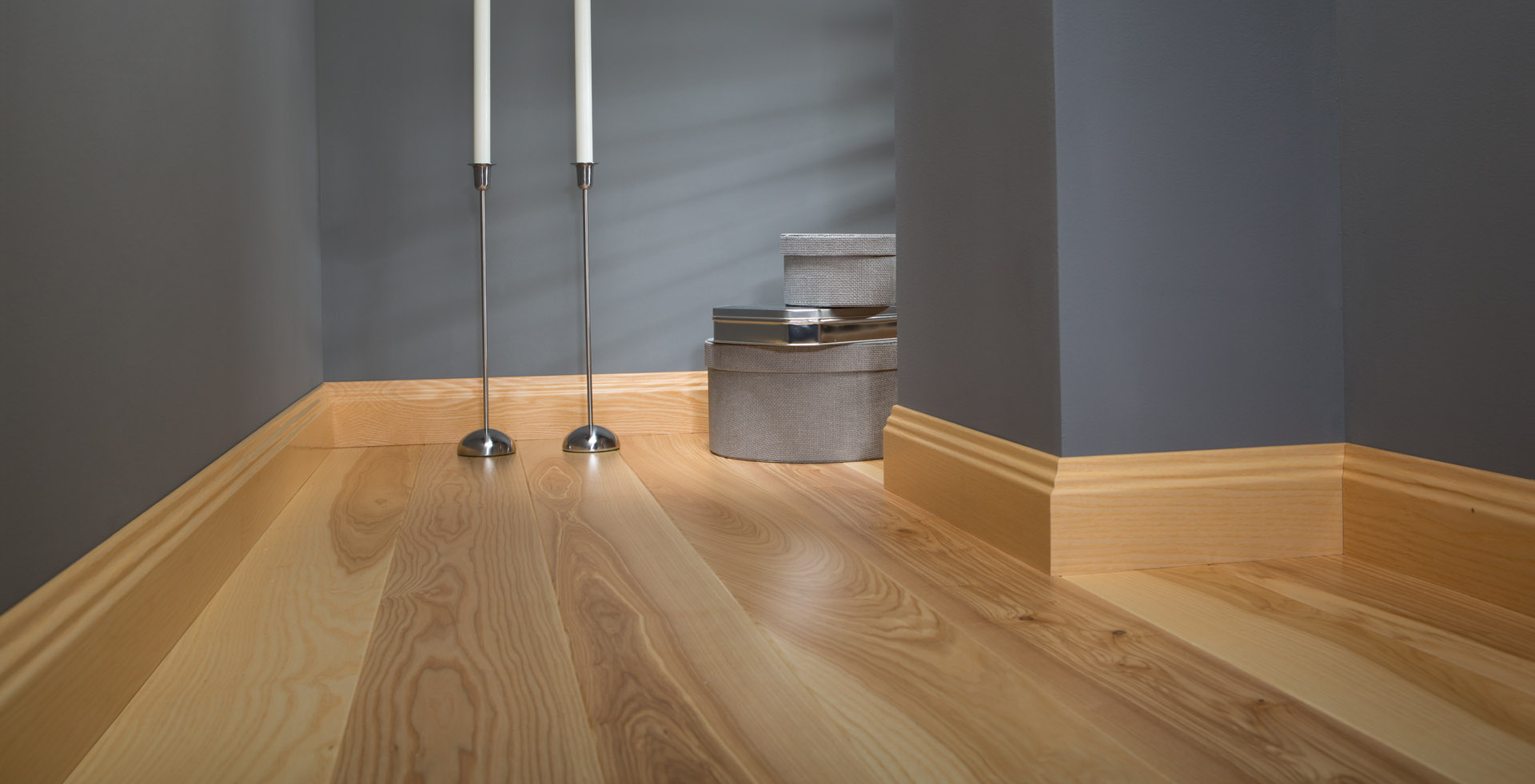






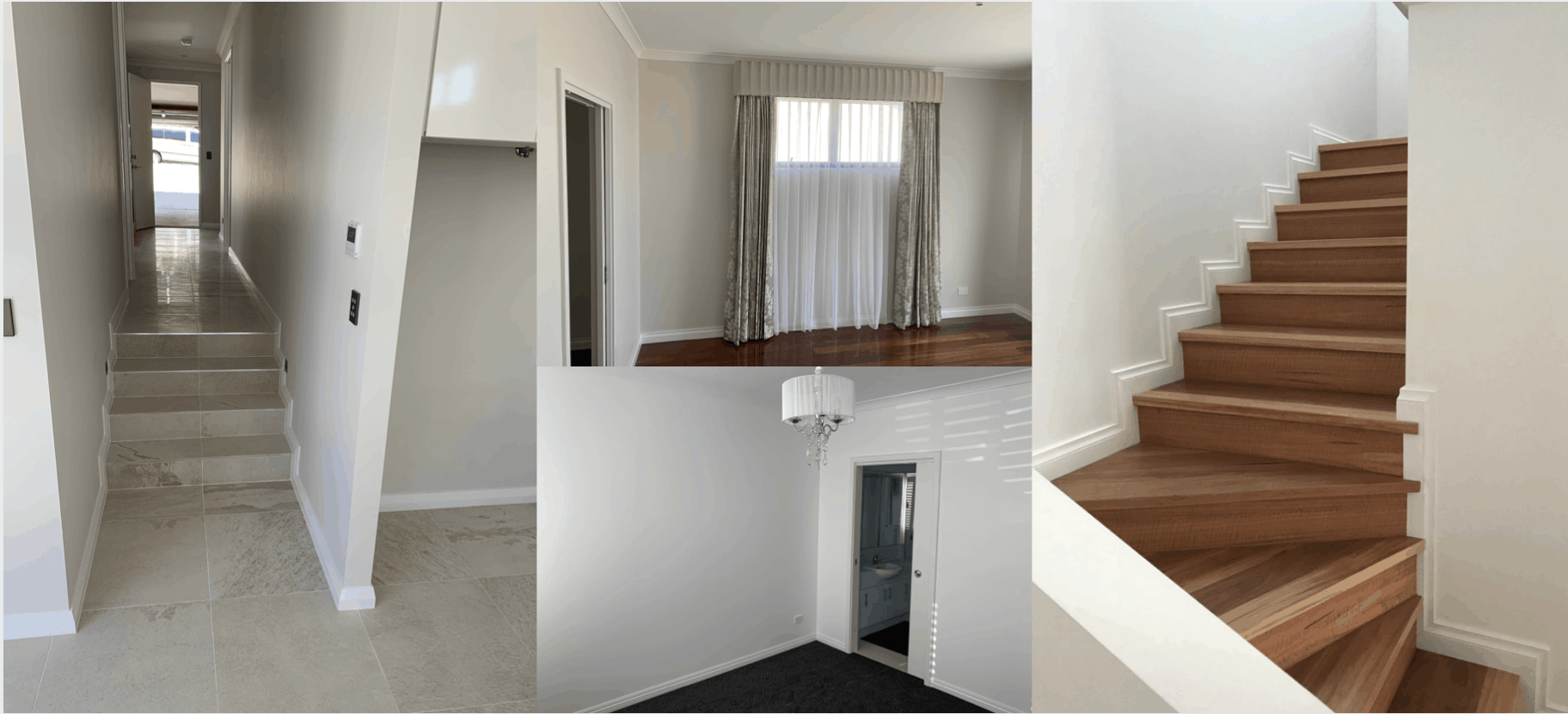


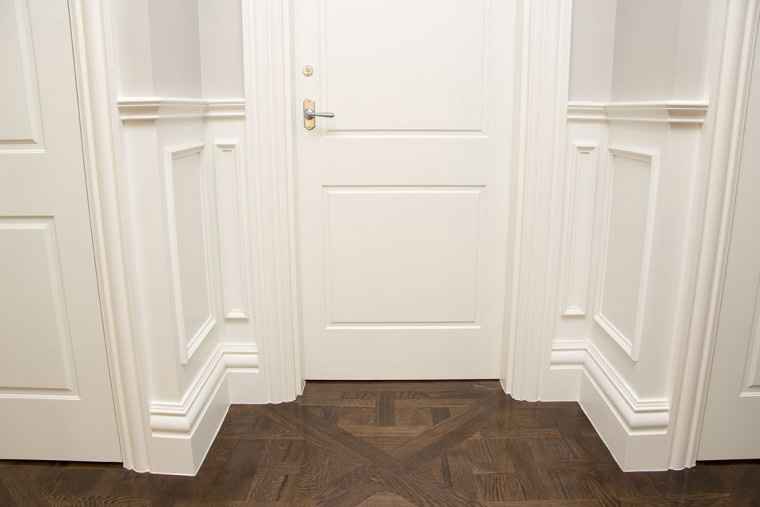





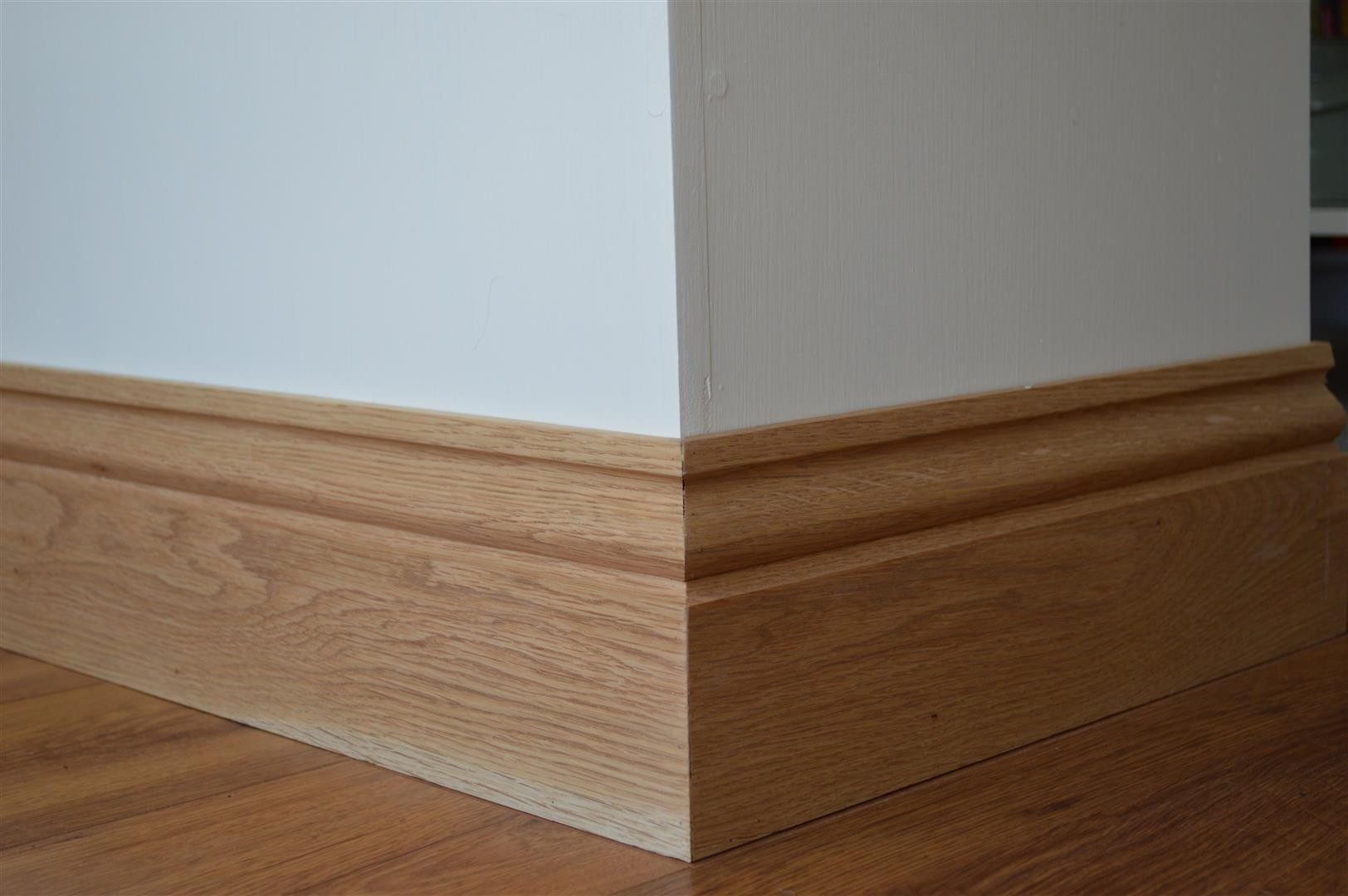













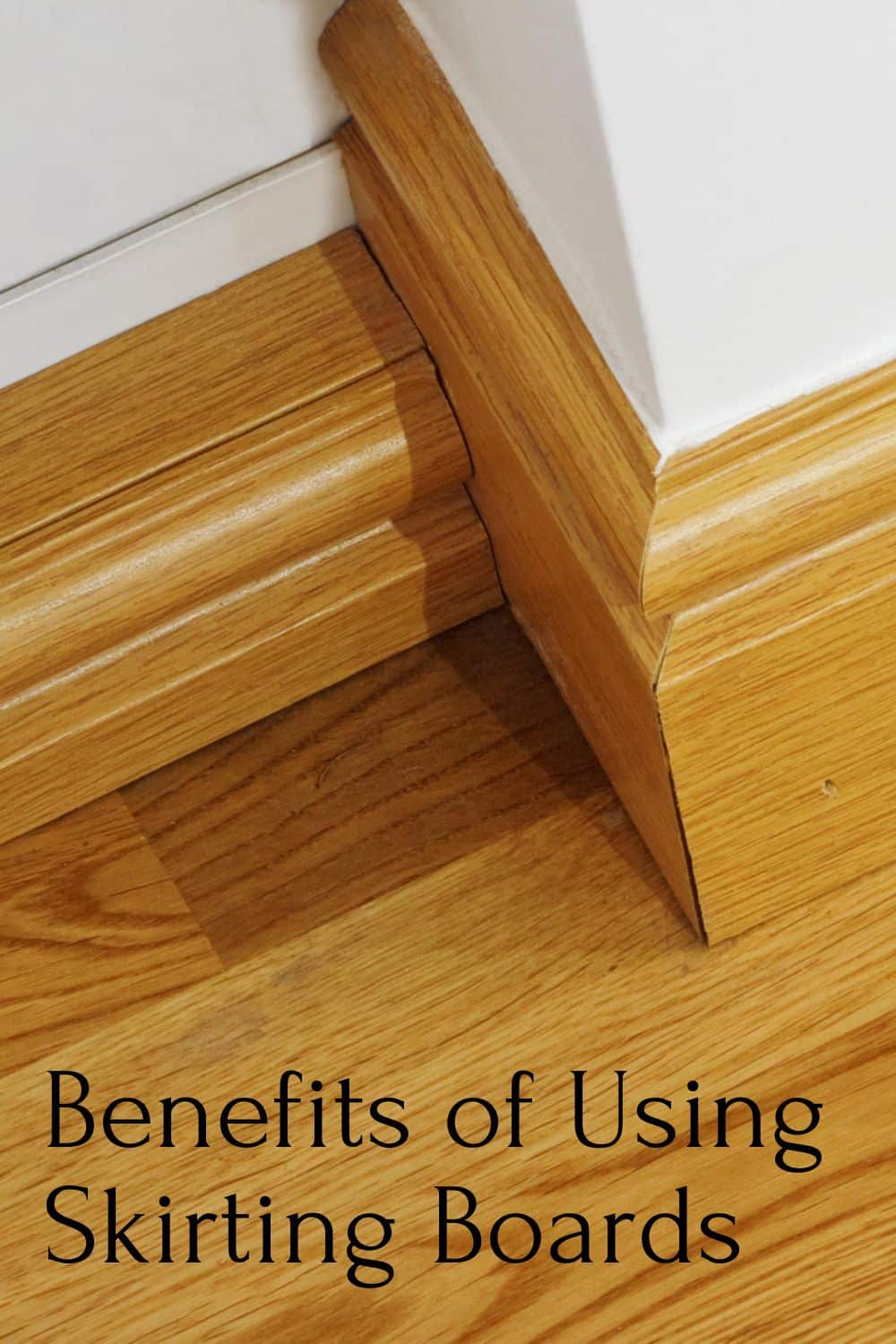


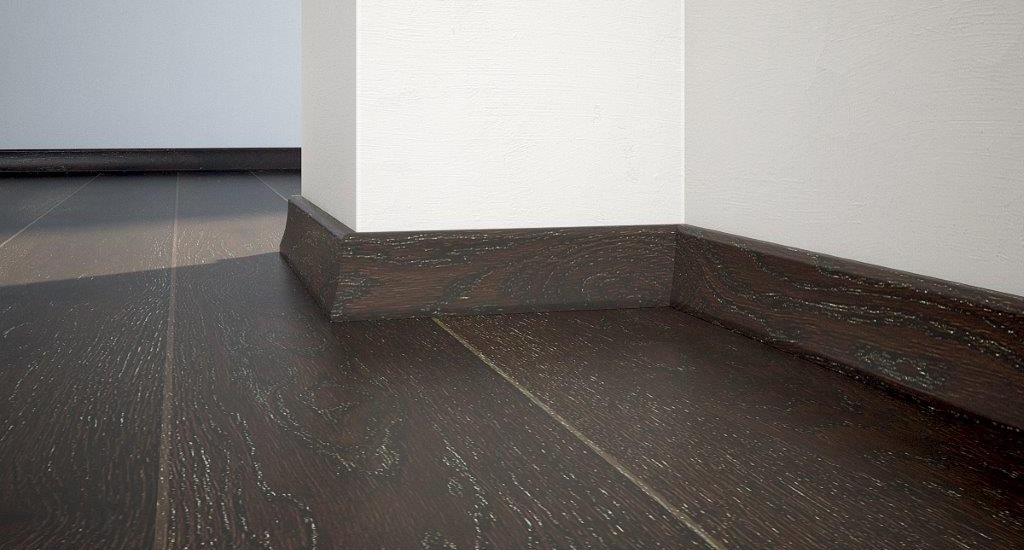
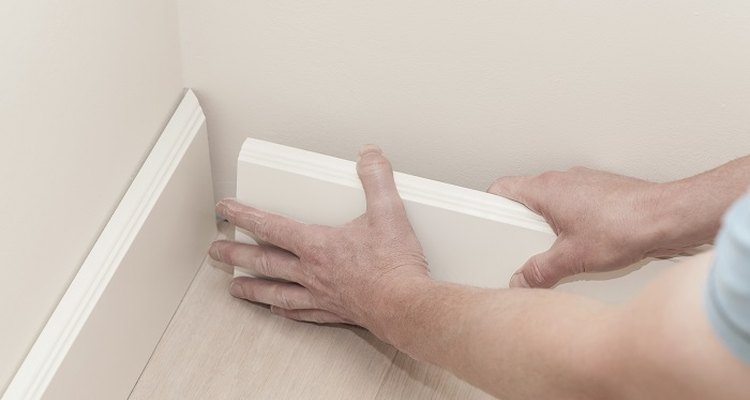

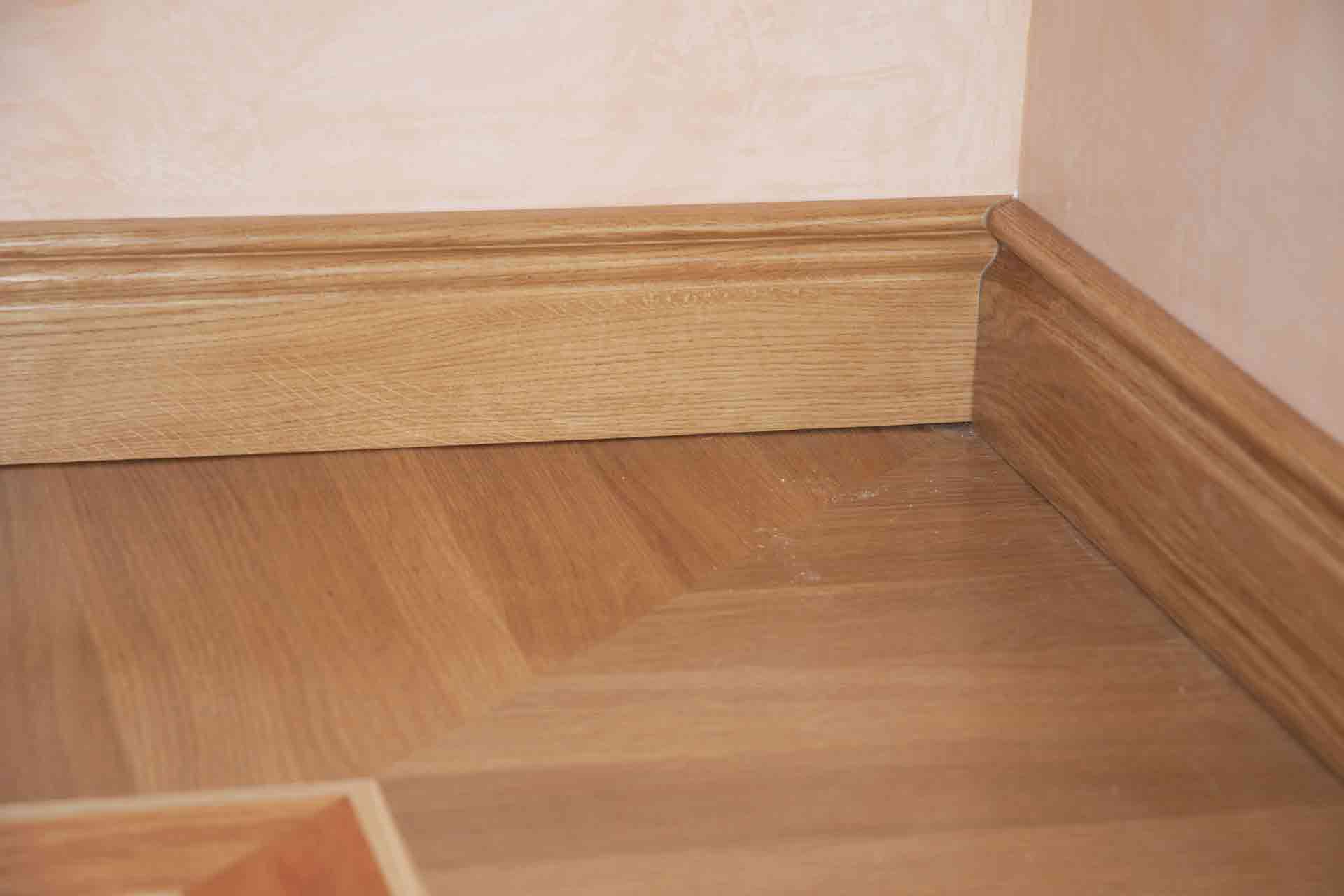

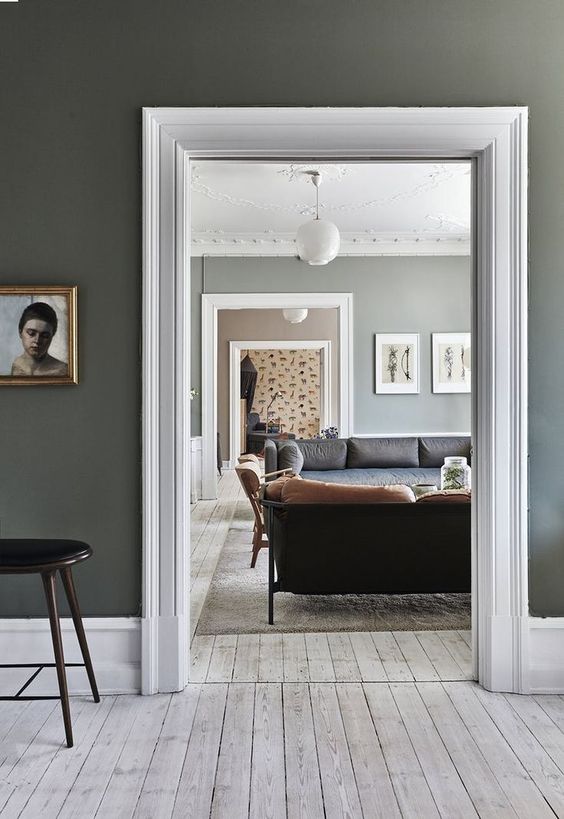




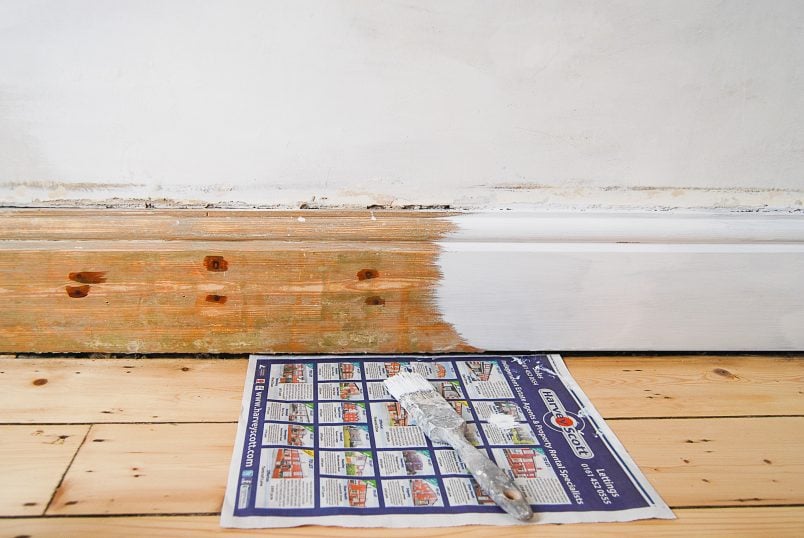










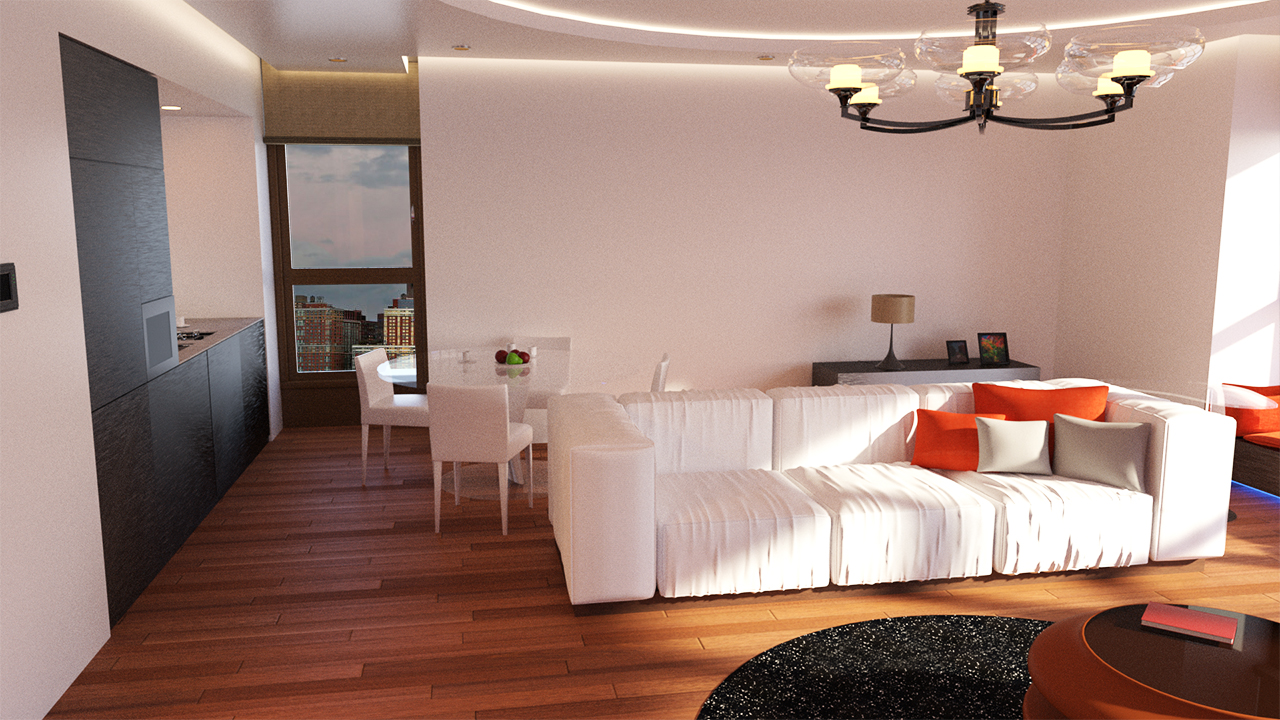

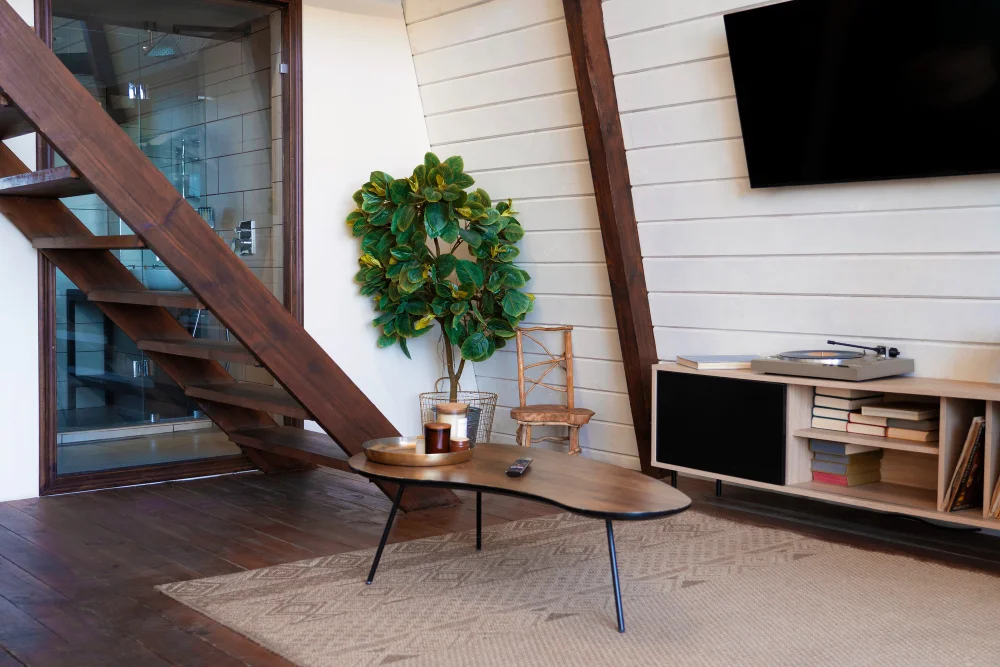


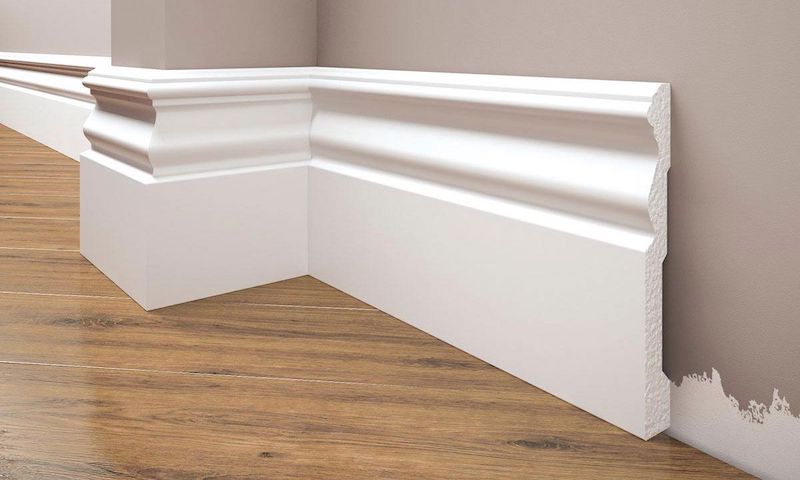
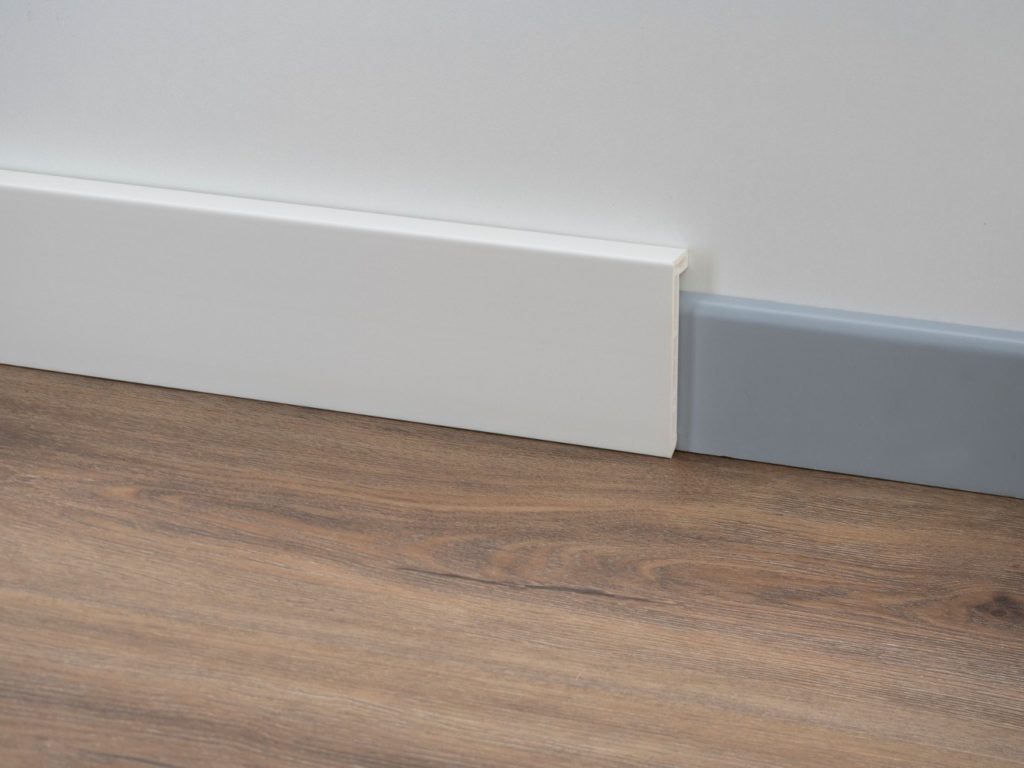


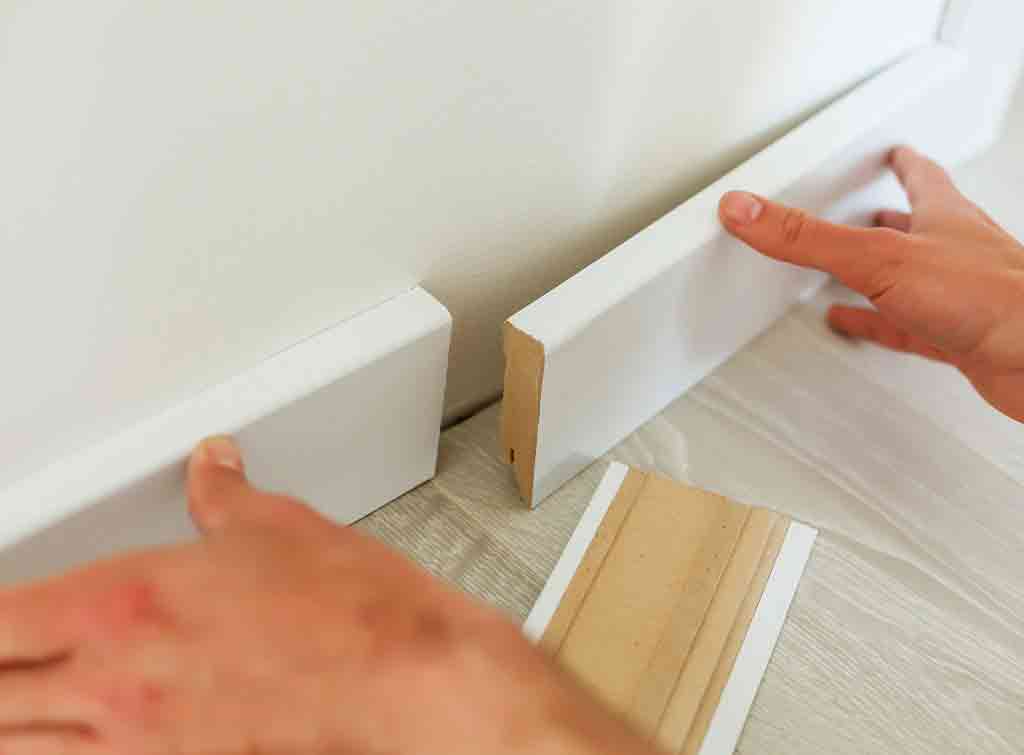
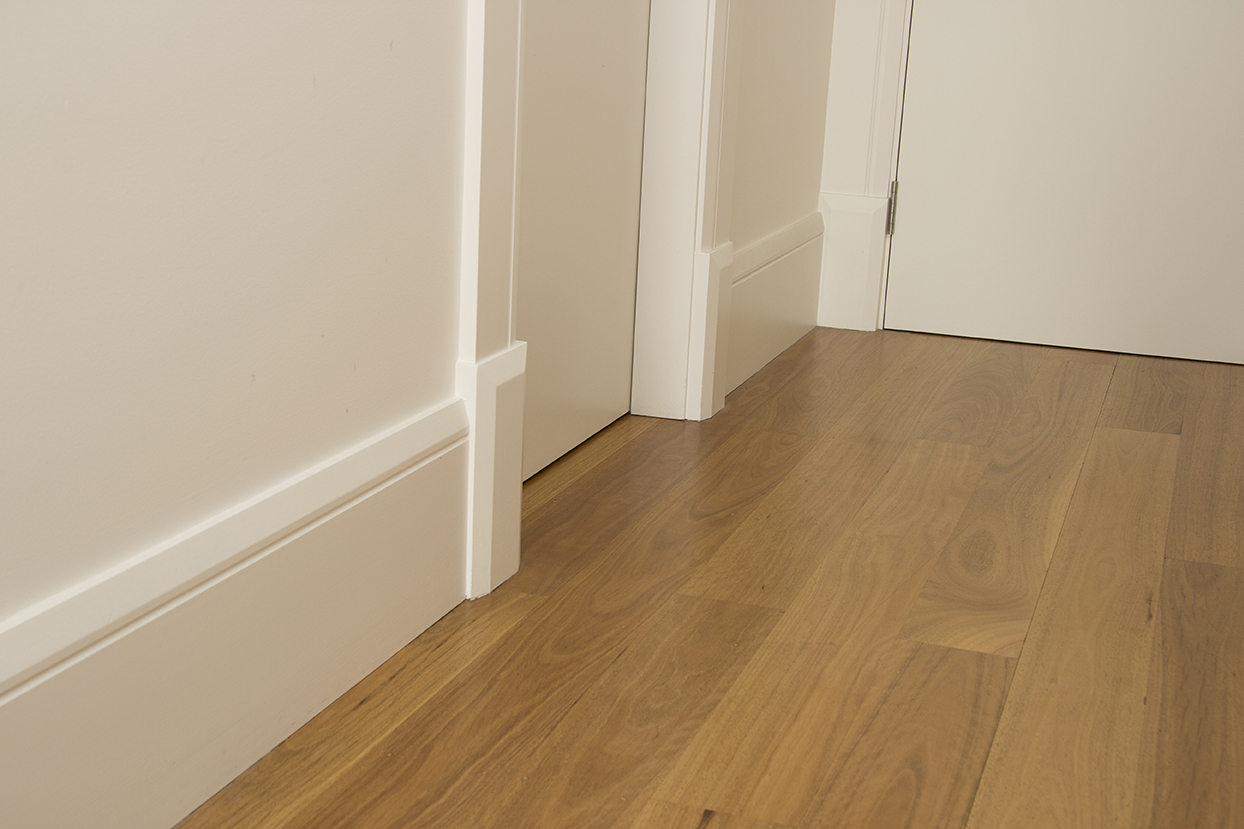

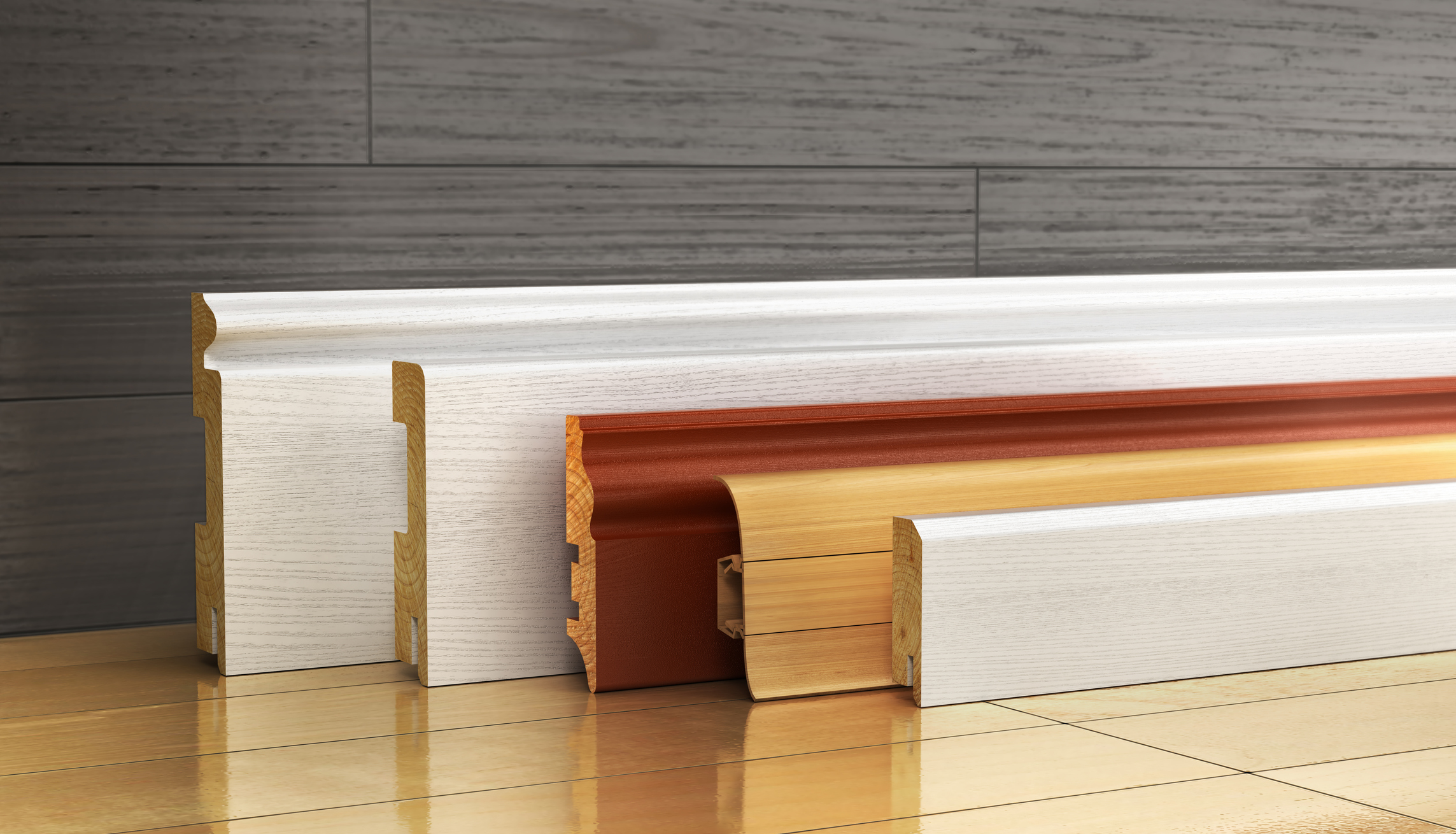
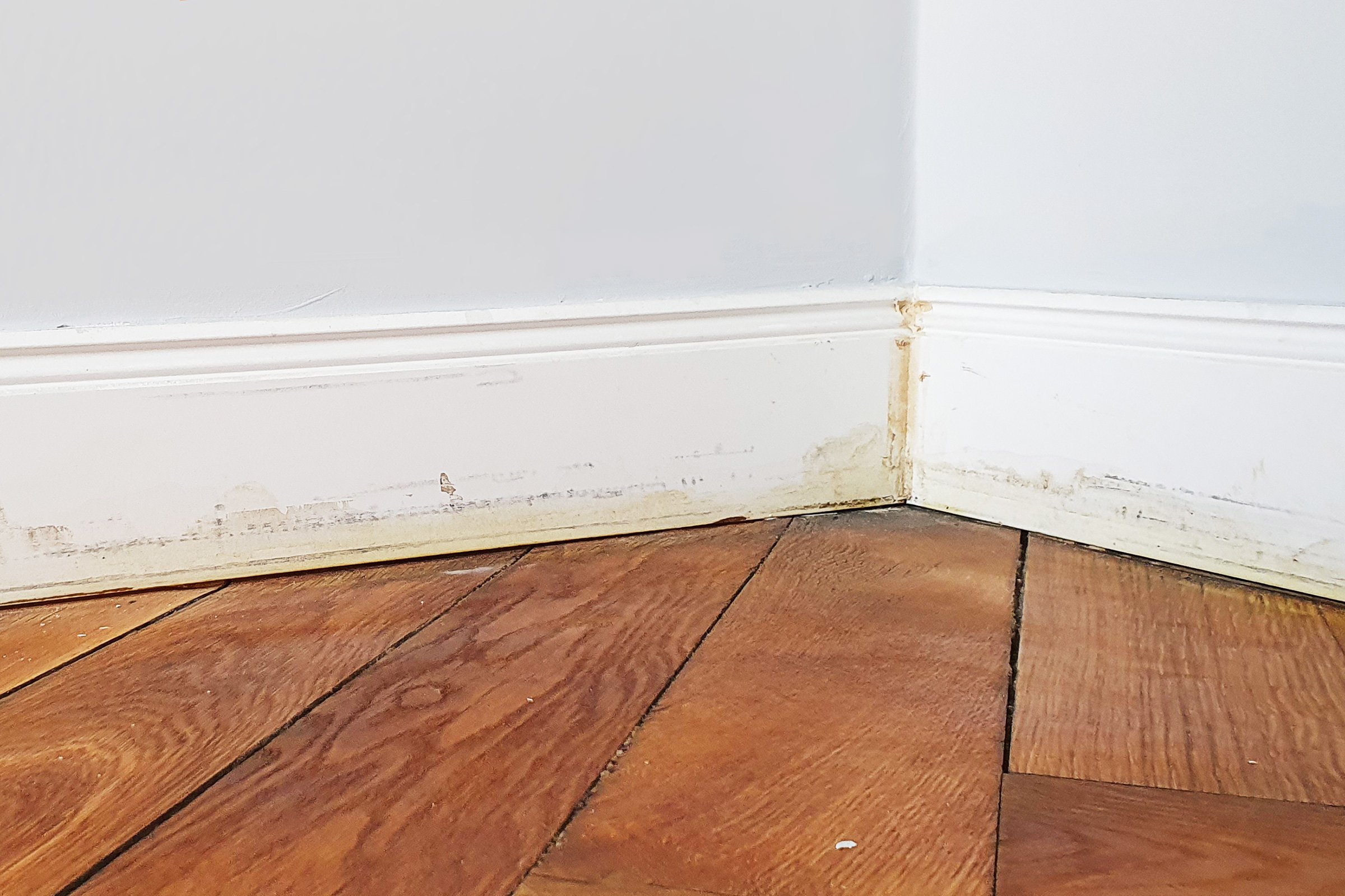
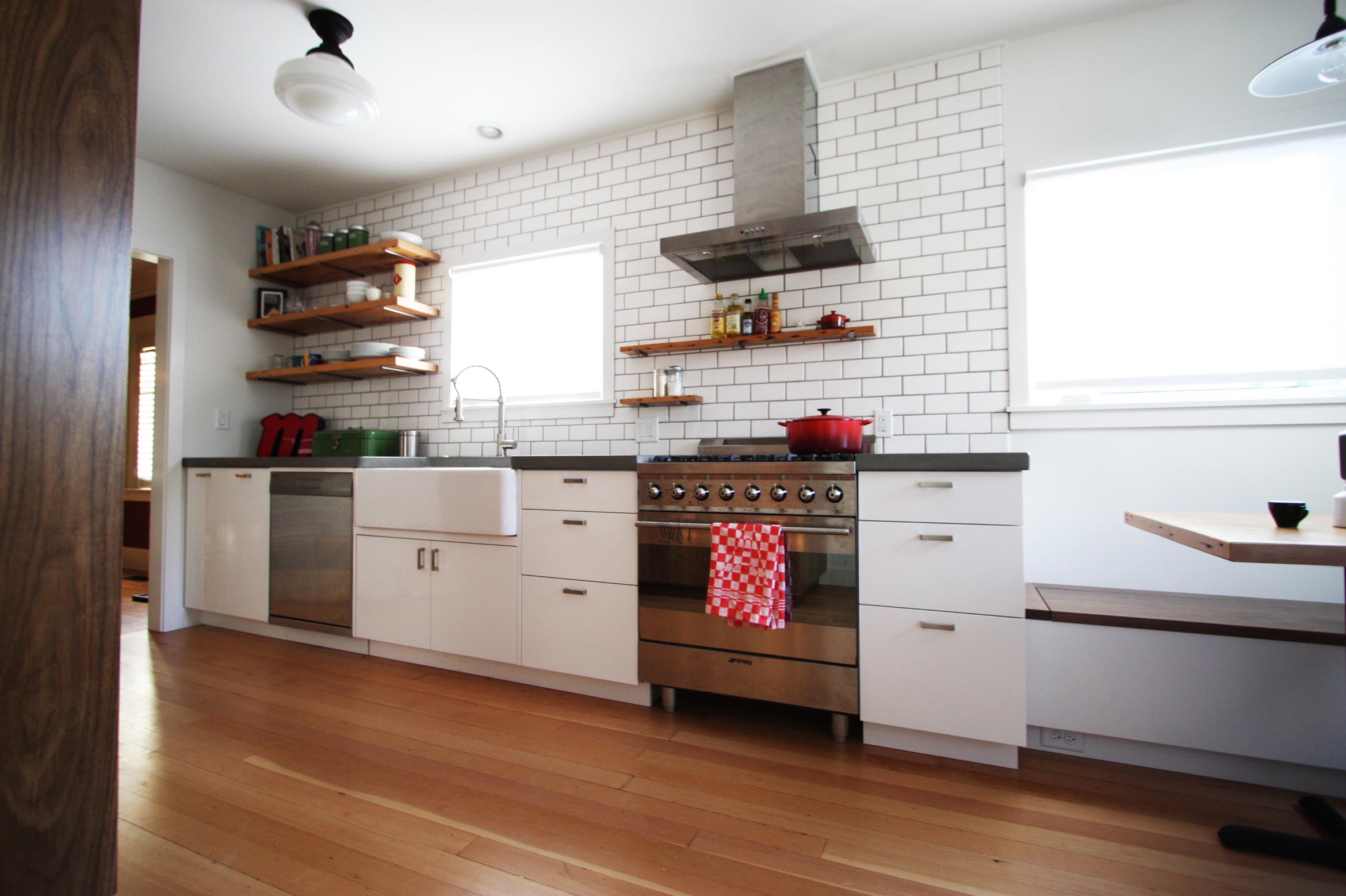

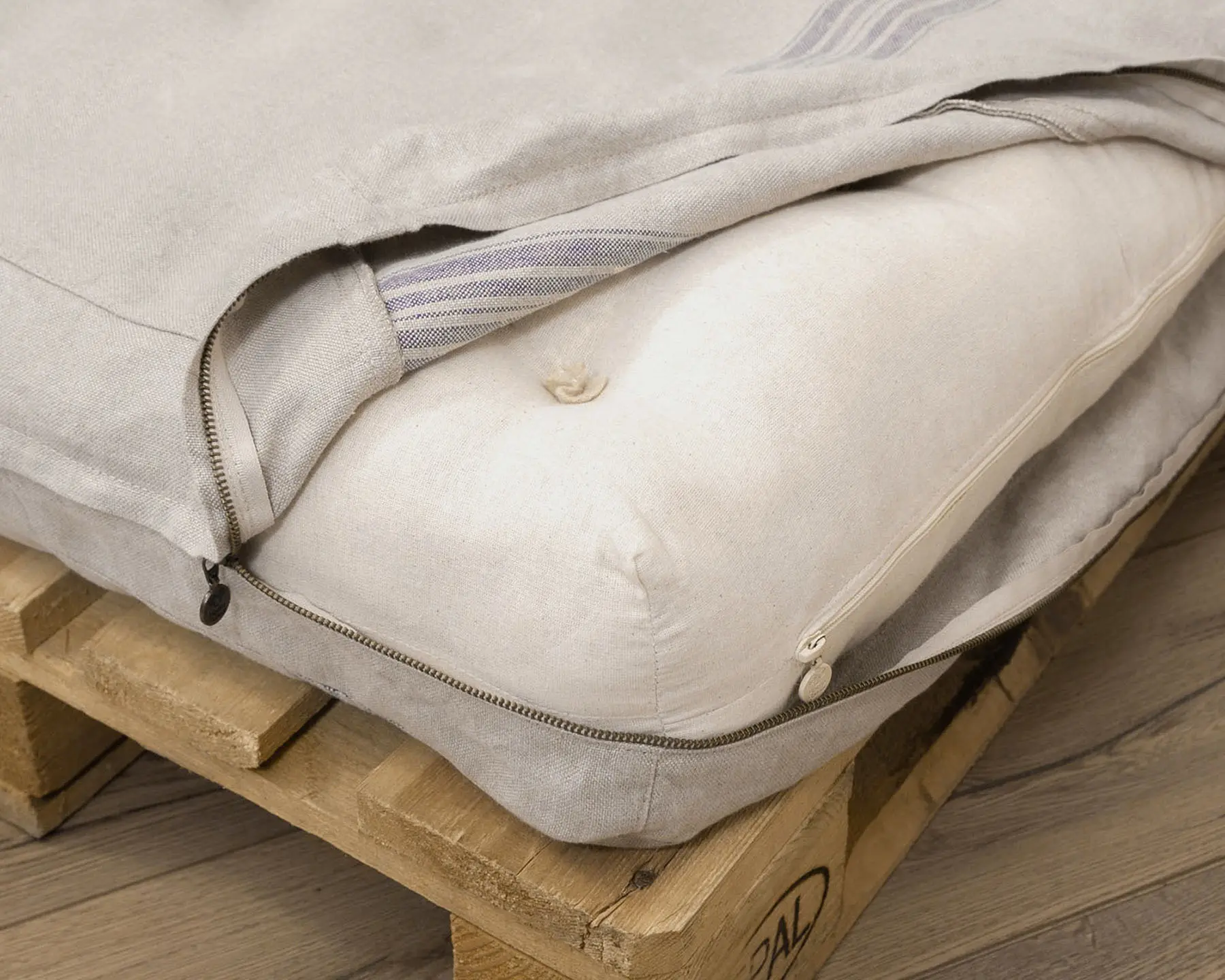

.jpg)

